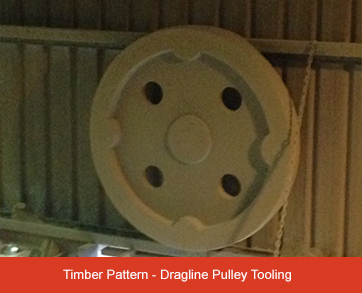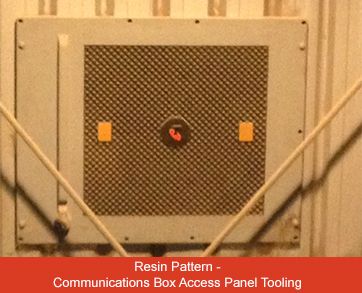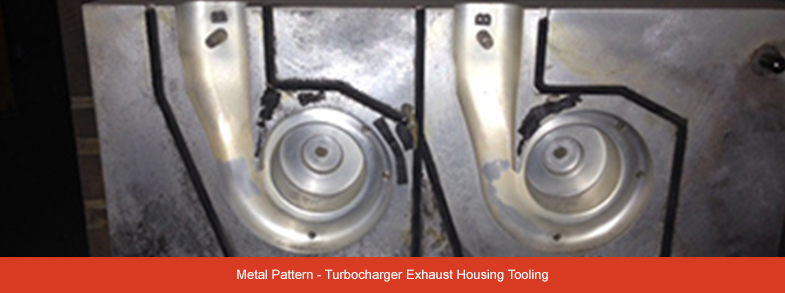Foundry Virtual Tour – The Casting Process (Patternmaking)
The first step in the casting process is making a pattern. A pattern is a re-usable tool used to create single-use moulds, which are destroyed each time a casting is poured. The pattern creates the exterior shape of the part to be cast, If the casting has internal hollows, a corebox is used to make a core that makes the hollow.
No matter which of the three following method are used to produce the tooling, there is a high level of science and art involved in creating each. Our Patternmakers draw on years of experience to produce tooling with just the right amount of contraction. The contraction rate is based on the metal alloy, and can also be affected by the type of mould to be used.
Traditionally, patterns and core-boxes are made by hand from timber, a process White Industries still employs today for low-volume jobs. Timber tooling can often be the most cost-effective solution as the patterns have been known to last for decades.


When the required volume of castings dictates it, resin tooling can be produced to make multiple impressions of the same pattern and core-box. With this method, a master pattern is made from timber and a resin mould is cast from it. The resin mould can then be used to produce more resin patterns.
The core-box is made in the same way, with a timber master core being created, so multiple impressions can be produced in a core-box. Multiple impressions reduce the cost of the casting as the cost for labour and materials for each mould are amortized across the number of impressions.
Resin tooling is very durable, and can be reproduced quickly, by pouring new resin patterns from the master mould.

High-volume castings can warrant the cost of taking the process one step further with the creation of metal tooling. This is the most durable tooling and can withstand 10’s of thousands of moulding cycles without degradation of the pattern. Metal tooling is produced using CAM (Computer Aided Manufacturing), with the patterns being machined from metal blanks.
When tight-tolerance cast fits are required, resin or metal core-boxes are used on core-blowers to ensure fit requirements are maintained. As you can imagine, the tighter tolerances will tend to make the tooling more expensive to produce.
Stay tuned for the next stage of the Virtual Foundry Tour, the moulding process.
As always, if you have any new or existing manufacturing requirements, or just wish to ask a question, do not hesitate to give our hard-working team a call on 1300 825 980 or send us an email at [email protected].
They are always more than happy to help explain the foundry and its processes.


